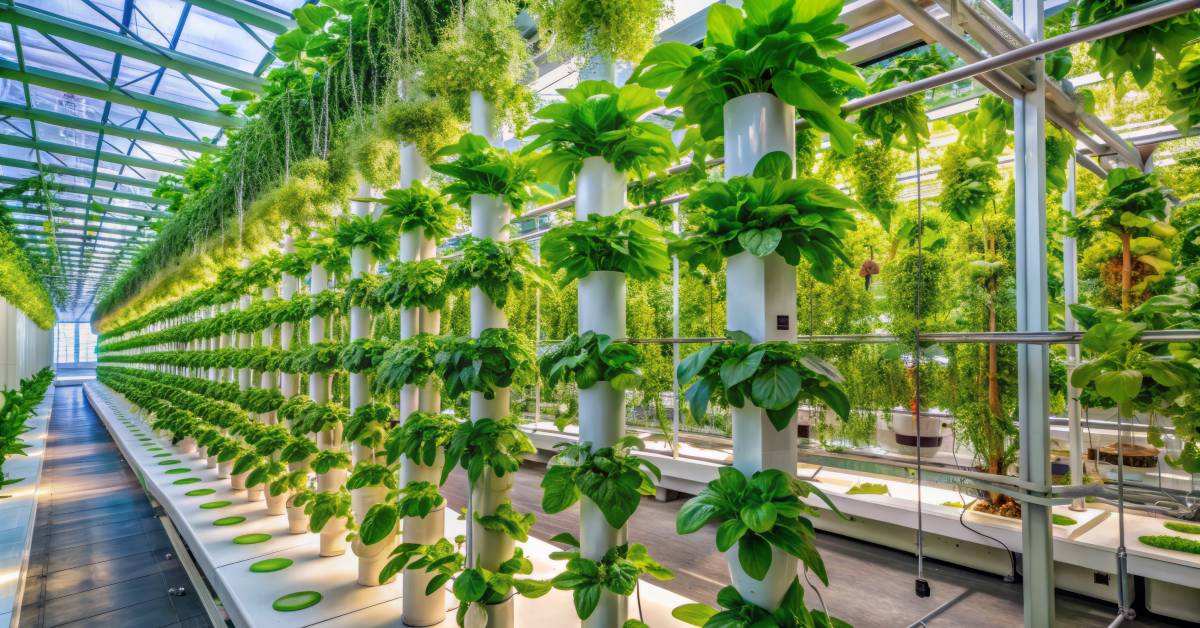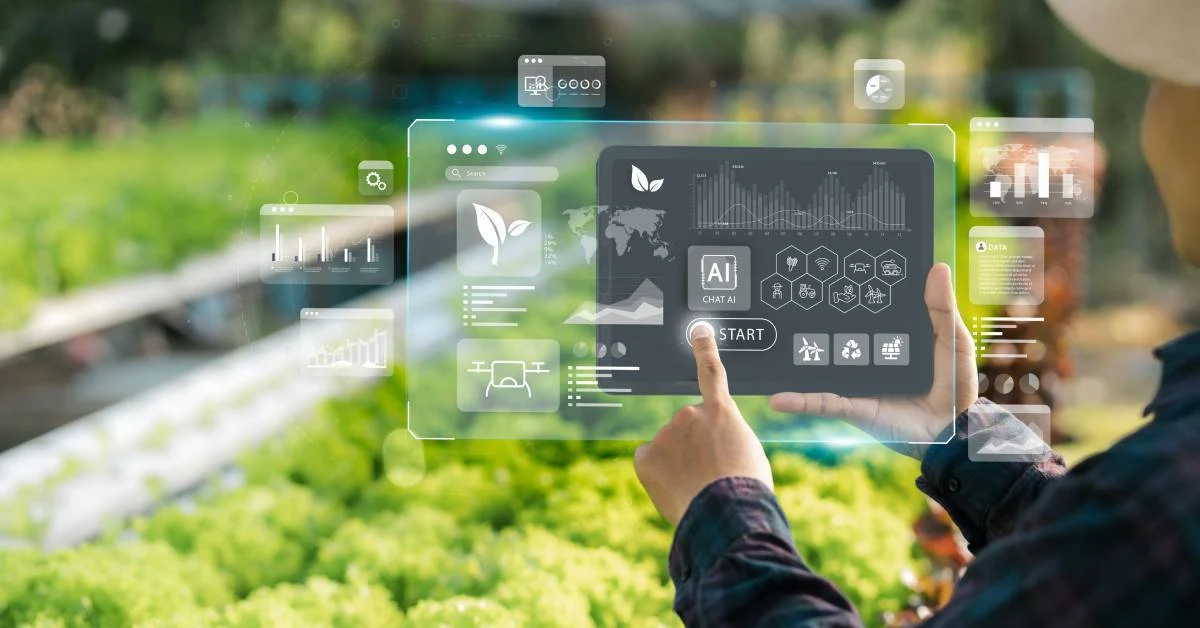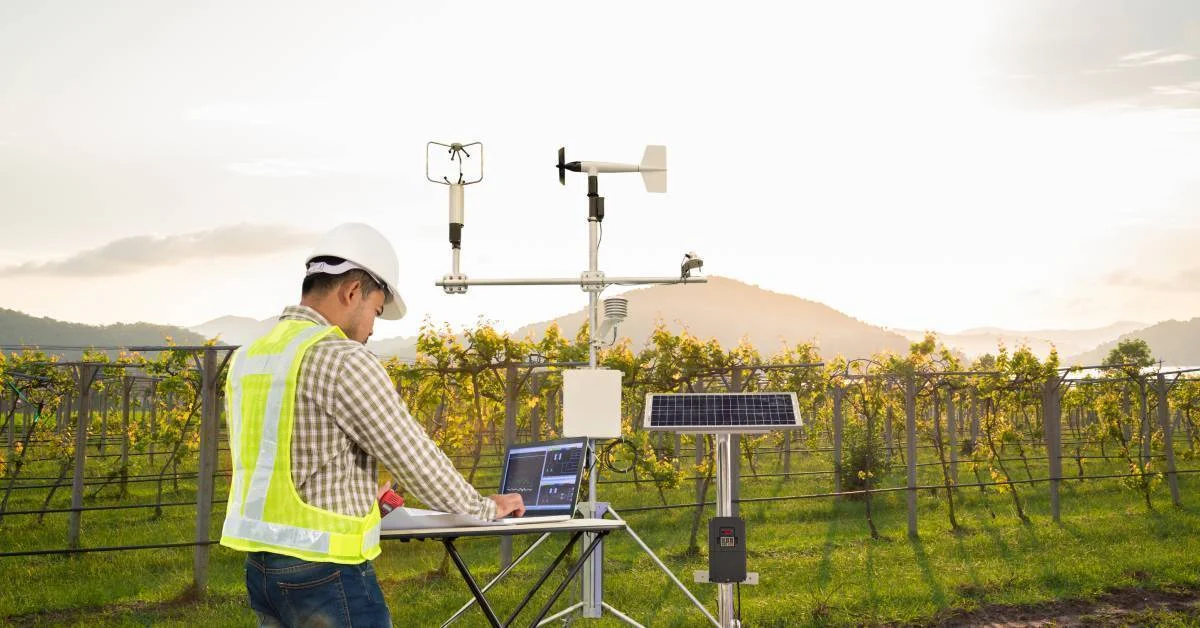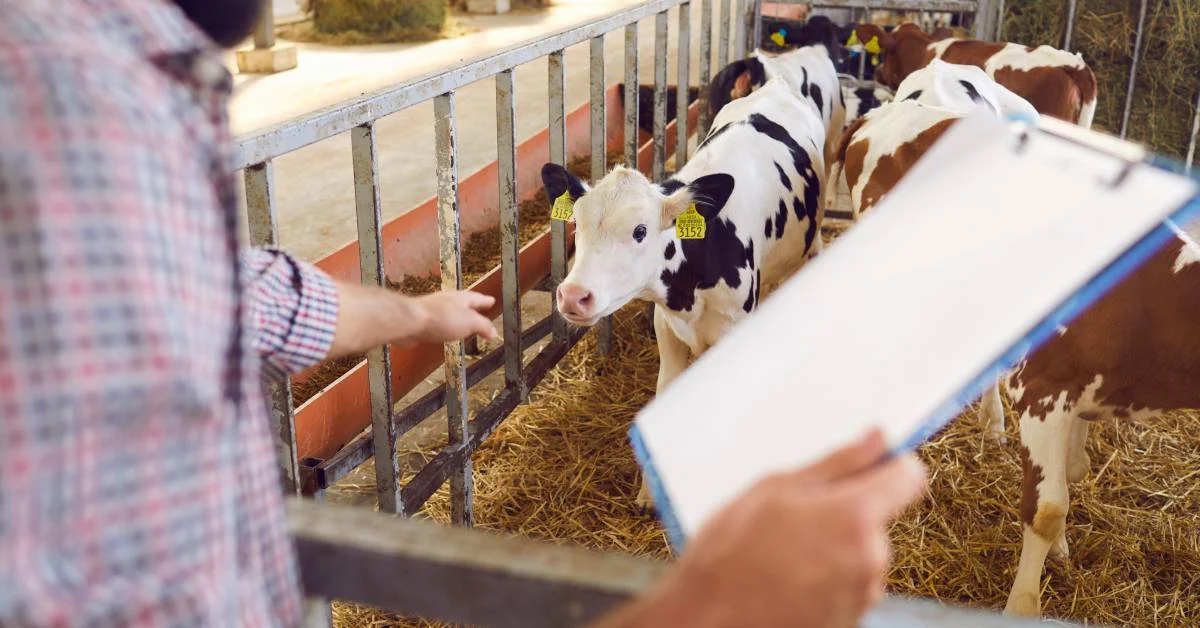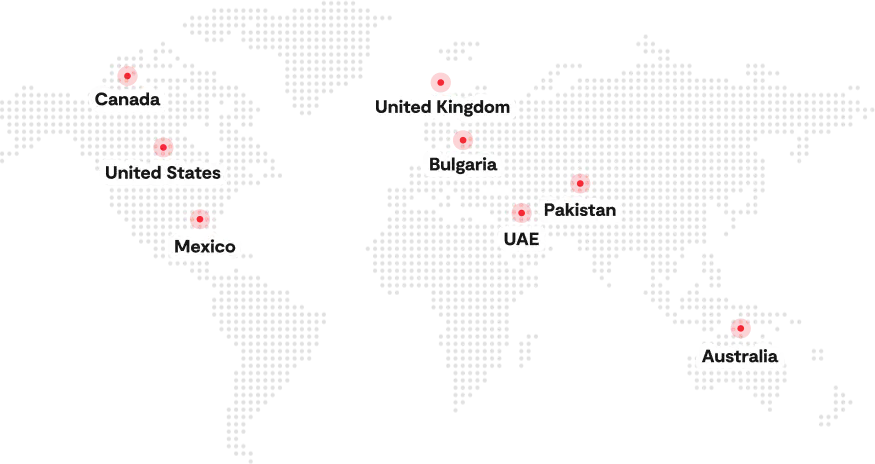According to a report by Allied market research, the global aeroponics market is expected to reach $3.53 billion by 2026, driven by rising demand for pesticide-free food and efficient farming solutions. Aeroponic farming is gaining ground as farmers look for more sustainable ways to grow food in controlled environments. This soil-free method uses nutrient-rich mist to feed plant roots, offering both precision and efficiency.
Greenhouses powered by aeroponics are part of a broader movement known as Controlled Environment Agriculture (CEA). These systems protect crops from pests, extreme weather, and soil limitations while producing more yield per square foot. Greenhouse growers are adopting this technology to produce leafy greens and herbs year-round with fewer resources.
In this blog, you’ll learn what aeroponic farming is, how it works inside greenhouses, and why it’s gaining attention in sustainable agriculture. We will explore how to overcome key challenges with the Greenhouse solution by Folio3 AgTech which is helping greenhouse growers use smart technology to improve efficiency and yields.
What Is Aeroponic Farming?
Aeroponic farming is a method of growing plants without soil or traditional substrates. Instead, plant roots are suspended in air and misted with a nutrient-rich solution at regular intervals. This setup gives roots direct access to oxygen while delivering water and nutrients efficiently. The result is faster plant growth with less resource use.
The concept isn’t new. NASA began experimenting with aeroponics for space missions in the 90s, where soil-less growing was essential. Since then, the method has evolved from research labs to commercial-scale food production, especially in urban and greenhouse environments.
Aeroponics is often compared to hydroponics. Both are soil-free systems, but hydroponics submerges roots in water or growing media, while aeroponics keeps them in air. This difference allows aeroponic systems to use up to 90% less water than traditional farming and even less than hydroponics. Plants also grow faster because they absorb nutrients more efficiently when roots have greater oxygen exposure.
For urban areas, greenhouses, and regions with limited arable land, aeroponic farming offers a reliable alternative. It’s scalable, efficient, and adaptable, making it a key player in the types of agriculture and the future of food production.
How Does Aeroponics Farming Work?
Aeroponic farming works by suspending plant roots in air and delivering nutrients through a fine mist. The roots are kept in a dark, enclosed chamber while the upper plant remains in light. Misting systems spray nutrient-rich water directly onto the roots in timed cycles.
This method avoids soil and uses no growing medium. A closed-loop design collects unused mist, filters it, and reuses it. This reduces water use and keeps nutrient delivery consistent. Iot sensors used in agriculture control misting intervals, root zone temperature, and humidity to keep growing conditions stable.
Aeroponic farming also depends on clean systems. A sterilized environment prevents bacterial growth and keeps plants healthy. Timers, pumps, and reservoirs work together to maintain balance. Any failure in mist delivery can quickly affect crop health, so most systems rely on automated controls.
The combination of precision misting and root exposure to oxygen results in faster growth. It also supports dense crop layouts in vertical or stacked systems, making aeroponic ideal for greenhouses farming with limited space.
Benefits of Using Aeroponics in Greenhouses
Aeroponic farming inside greenhouses combines the strengths of soil-free cultivation with a controlled growing environment. This method brings multiple advantages for modern growers who are focused on optimizing yield, resource efficiency, and plant health.
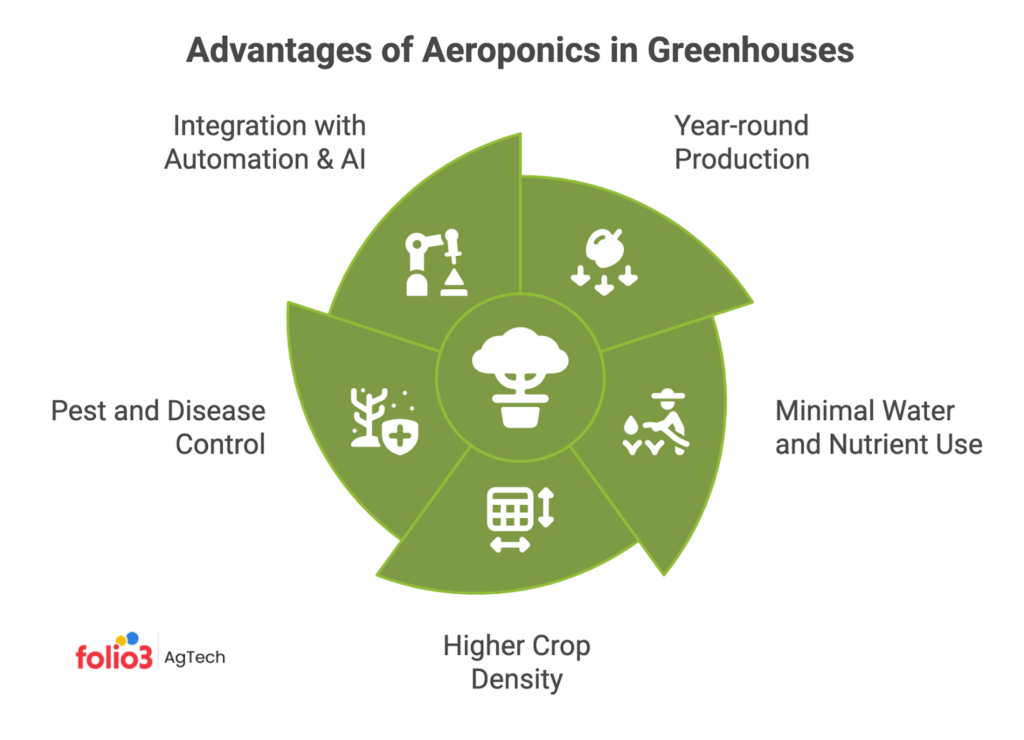
Water Efficiency
Aeroponic greenhouse systems can reduce water usage by up to 95% compared to traditional soil farming. Since nutrient-rich mist is sprayed directly onto the roots, there’s no excess runoff or waste. This makes aeroponics ideal for water-scarce regions or sustainable agriculture goals.
Faster Growth and Higher Yields
With roots constantly exposed to oxygen and nutrients, plants grow faster and healthier. Aeroponic systems also allow for tighter plant spacing, increasing productivity per square foot. When vertical stacking is introduced, yields multiply without expanding land use as the fertilization is precise.
Disease and Pest Control
Greenhouses naturally protect crops from outside pests and weather extremes. Add to that the absence of soil in aeroponics, and you eliminate many soilborne diseases. The result is cleaner produce and fewer losses due to disease or infestation.
Smarter Automation & Energy Efficiency
Aeroponic setups inside greenhouses can be enhanced with smart tech. Sensors, timers, and IoT tools help manage misting intervals, lighting, and nutrient delivery. This automation supports consistent plant health while reducing manual labor.
Space Optimization
From vertical towers to wall-mounted trays, aeroponic greenhouses make use of every available inch. This is especially useful in urban areas or for growers with limited land. The compact footprint allows for efficient, high-output food production.
Environmental Impact of Aeroponic Greenhouse Systems
One of the most compelling reasons to shift toward aeroponic farming is its significantly lower environmental footprint compared to traditional agriculture. An aeroponic greenhouse is designed to maximize resource efficiency and minimize waste, making it a smart choice for growers focused on sustainability.
Water Savings Compared to Conventional Farming
Aeroponic systems use up to 95% less water than soil-based farming. Since the mist is directly applied to the roots and excess moisture is recaptured and reused, there’s minimal loss from evaporation or runoff. This makes aeroponic farming especially valuable in drought-prone or water-scarce regions.
Reduced Land Use and Deforestation Pressure
Because aeroponic greenhouses can be built vertically or in stacked layers, they produce more food per square foot. This high-density growing model reduces the need to clear additional land for agriculture, helping prevent deforestation and preserving natural ecosystems.
Lower Carbon Footprint When Powered by Renewable Energy
When paired with solar, wind, or other renewable energy sources, an aeroponic greenhouse can operate with a much lower carbon footprint. No heavy machinery, no tilling, and no fertilizers leaching into the ground all contribute to a cleaner production model.
Waste Reduction Due to Closed-Loop Systems
Aeroponic systems recirculate nutrients and water in a closed loop, resulting in far less agricultural runoff. There’s also minimal spoilage since environmental conditions are tightly controlled, and nutrient delivery is highly efficient. Altogether, aeroponic farming offers a scalable, climate-smart approach that supports global food production while reducing strain on natural resources.
Key Components of an Aeroponic Greenhouse Setup
Setting up a productive aeroponic greenhouse requires attention to each element in the system. Every part works together to create a balanced, soil-free environment that supports strong root growth, precise nutrient delivery, and climate control. Here’s a breakdown of what your aeroponic setup should include:
Grow Chambers and Root Zones
Grow chambers are enclosed spaces that support plant stems and allow the roots to hang freely. These zones need to stay dark and insulated to prevent algae growth and root damage, which is crucial in aeroponic farming.
Misting Systems and Nozzles
High-pressure misting nozzles are essential for spraying nutrient-rich water directly to the roots. The size, spacing, and timing of misting must be optimized to keep roots hydrated without oversaturation.
LED Lighting and Photoperiod Control
LEDs provide full-spectrum lighting to replace or supplement sunlight. Photoperiod control systems automate day and night cycles, helping plants grow faster and more uniformly.
Nutrient Reservoirs and Mixing Units
These units store and blend the nutrient solutions. A good system will allow accurate measurement and mixing of nutrients, essential for consistent plant health in any aeroponic setup.
Sensors, Timers, and IoT Automation
Automation tools help monitor and control misting, light exposure, temperature, and nutrient levels. IoT devices provide real-time alerts and adjustments to optimize efficiency inside the aeroponic greenhouse.
Airflow, Ventilation, and Climate Control
Proper air circulation prevents mold and root rot. Climate control systems regulate temperature and humidity, keeping conditions ideal for high-yield aeroponic farming.
Challenges in Aeroponic Greenhouse Farming
While aeroponic farming brings clear advantages in precision, yield, and sustainability, it also comes with challenges that growers must plan for. These hurdles mirror broader challenges with agricultural technology, where advanced systems often require higher maintenance and technical oversight. These issues are especially important in greenhouse environments where system reliability and control are critical.
Equipment Failure or Nozzle Clogging
Aeroponic farming depends on a consistent nutrient mist reaching plant roots. If nozzles clog or misting intervals fail, roots can dry out quickly, leading to plant stress or loss. Filters, regular cleaning schedules, and high-quality pumps are essential to prevent this.
Power Dependency
Since aeroponic systems rely on continuous operation, power loss can be costly. Without misting, roots begin drying within minutes. This makes backup power systems and fail-safes critical, especially in regions with unstable electricity.
Root Drying Risks
In traditional soil systems, plants can survive short dry periods. In aeroponic farming, there’s no buffer. If the mist stops, roots are exposed. Greenhouse conditions like high temperature or low humidity can speed up dehydration, making constant mist delivery essential.
Technical Complexity and Startup Cost
Setting up an aeroponic greenhouse requires upfront investment and technical know-how. From pump calibration to sensor integration, it’s more complex than soil or hydroponic systems. Growers need training or expert support to avoid costly setup errors and ensure smooth operation
Maintenance Cycles
Regular and well-timed maintenance is crucial in aeroponic systems. Components like misting nozzles, filters, tubing, and sensors require scheduled inspection and cleaning. Without strict maintenance cycles, even minor neglect can lead to system failure or crop loss.
Despite its clear advantages, aeroponic greenhouse farming demands a high level of control and technical oversight. From equipment maintenance to consistent power supply and precise environmental regulation, the margin for error is small. These challenges can be a barrier for new adopters or growers scaling up operations. However, with smart farming technologies in place, many of these risks can be effectively managed. This is where purpose-built digital systems for greenhouses play a vital role in making aeroponic setups smarter, more reliable, and easier to manage.
Efficient Aeroponic Setups for Consistent Yields
Modern aeroponic farming is no longer limited to experimental labs or niche growers. With the rise of scalable technology and intelligent systems, today’s aeroponic setup is faster, safer, and far more productive. These innovations also reflect broader trends in agriculture, where data-driven approaches are transforming traditional practices. Below are key innovations making aeroponic greenhouse systems smarter and more efficient than ever.
Modular and Scalable Units
A modular aeroponic setup allows growers to expand without overhauling their entire system. These pre-engineered units can be installed in phases, letting you scale production gradually. Whether you’re managing a single greenhouse bay or planning a commercial facility, modular systems ensure flexibility without compromising consistency.
Vertical Aeroponic Towers
Vertical towers help aeroponic farming thrive in areas where space is limited. These setups increase growing surface area by stacking plant sites upward, allowing more crops per square foot. Vertical aeroponic towers are especially effective in urban environments or for indoor greenhouse integration.
Remote Alerts for Nutrient and Moisture Control
Automated alerts play a critical role in maintaining plant health. Smart aeroponic systems send notifications to growers when misting intervals drop, nutrient levels change, or pump systems fail. These alerts allow quick responses, minimizing risks to the aeroponic greenhouse and its crops.
Power Backup and Fail-safe Systems
Any interruption in misting or airflow can damage root systems quickly. To prevent this, advanced aeroponic setups include power backup options like batteries or generators. Fail-safe controls, such as manual override switches and backup reservoirs, provide extra protection against unplanned outages.
How Folio3 AgTech Is Supporting Smarter Greenhouse Systems
Modern aeroponic greenhouses require more than just misting systems and grow lights. They need intelligent infrastructure that connects every input, including nutrients, light, moisture, and labor, with actionable insights. Folio3 AgTech helps greenhouse growers achieve this through its purpose-built Greenhouse ERP and integrated automation tools.
With full compatibility across sensors, climate controllers, fertigation systems, and mobile apps, Folio3’s platform gives growers complete control over their aeroponic setups. Whether managing a single unit or scaling a commercial operation, the system supports efficiency, consistency, and data-informed decisions.
Key Features of Folio3 AgTech’s Greenhouse ERP:
- QR/Barcode Batch Tracking
- Space & Facility Layout Planning
- Pest & Scouting Workflows (IPM)
- Lab Testing Integration
- Fertigation Scheduling & Monitoring
- Harvest Forecasting & Yield Analysis
- Sensor & Climate Data Integration
- Task Scheduling
- Mobile & Offline Functionality
From root zone monitoring to climate control, every part of the aeroponic greenhouse can be managed through one connected platform. Folio3 AgTech equips growers with the tools to produce more with less, while keeping operations fully aligned and optimized.
Conclusion
Aeroponic farming inside greenhouses represents one of the most efficient, scalable, and sustainable ways to grow food. By delivering nutrients directly to the root zone through mist and maintaining full environmental control within the greenhouse, growers can achieve faster plant growth, higher yields, and significant resource savings. This method is especially relevant today, as traditional agriculture faces mounting challenges in water availability, soil health, and climate unpredictability. Aeroponic greenhouses not only reduce land use and water waste but also open the door to year-round cultivation in urban and remote locations.
However, successful adoption requires more than just the right equipment. Smart management, automation, and real-time visibility are critical to running a dependable aeroponic setup at scale. That is where digital solutions like Folio3 AgTech’s Greenhouse ERP come in, helping growers connect all aspects of their operations, from misting cycles to pest scouting, into a single system. For growers looking to innovate, conserve resources, and build a future-ready farming operation, aeroponic greenhouse systems paired with smart agtech tools offer a powerful path forward.
FAQs
What Are The Disadvantages Of Aeroponics?
Aeroponics comes with a few key challenges. These include high initial setup costs, reliance on continuous power for misting and climate control, and vulnerability to equipment malfunctions such as nozzle clogging or pump failure. Root zones are exposed and can dry out quickly if the misting system fails, leading to crop loss. Additionally, aeroponic systems require precise monitoring and skilled oversight to maintain nutrient balance and environmental conditions.
Is Aeroponics Better Than Hydroponics?
Aeroponics can outperform hydroponics in certain areas, such as oxygen availability, faster growth rates, and water efficiency. Because the roots are suspended in air and misted with nutrients, they receive more oxygen than submerged roots in hydroponic systems. However, hydroponics tends to be more forgiving and easier to manage, making it more suitable for beginners. The best choice depends on the grower’s goals, technical readiness, and budget.
What Is The Best Crop For Aeroponics?
Leafy greens like lettuce, kale, and spinach perform exceptionally well in aeroponic systems due to their rapid growth and low nutrient demands. Herbs such as basil, mint, and cilantro are also ideal. More advanced growers can cultivate crops like strawberries, tomatoes, and even potatoes with the right setup, though these require more precise control and system tuning.
How Often Do You Have To Change The Water In An Aeroponic System?
In a closed-loop aeroponic system, the nutrient solution should typically be replaced every 1 to 2 weeks. This helps prevent nutrient imbalances, buildup of pathogens, and shifts in pH or EC levels. Regular monitoring of the solution’s quality is essential, and filters should be checked frequently to avoid clogging and ensure proper misting.

